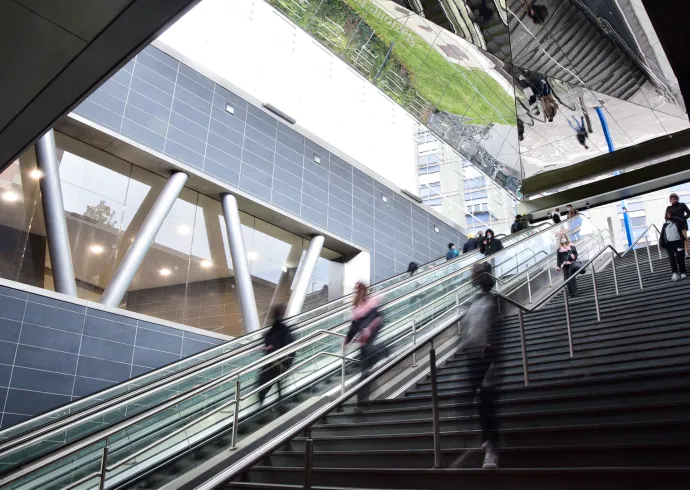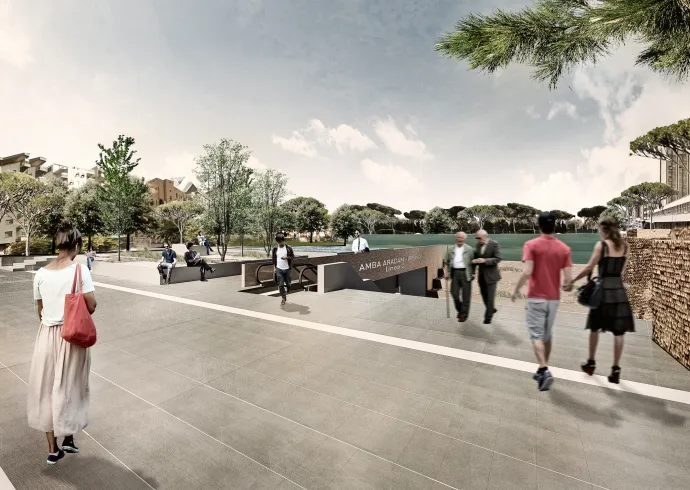Projects menu
Expertise menu
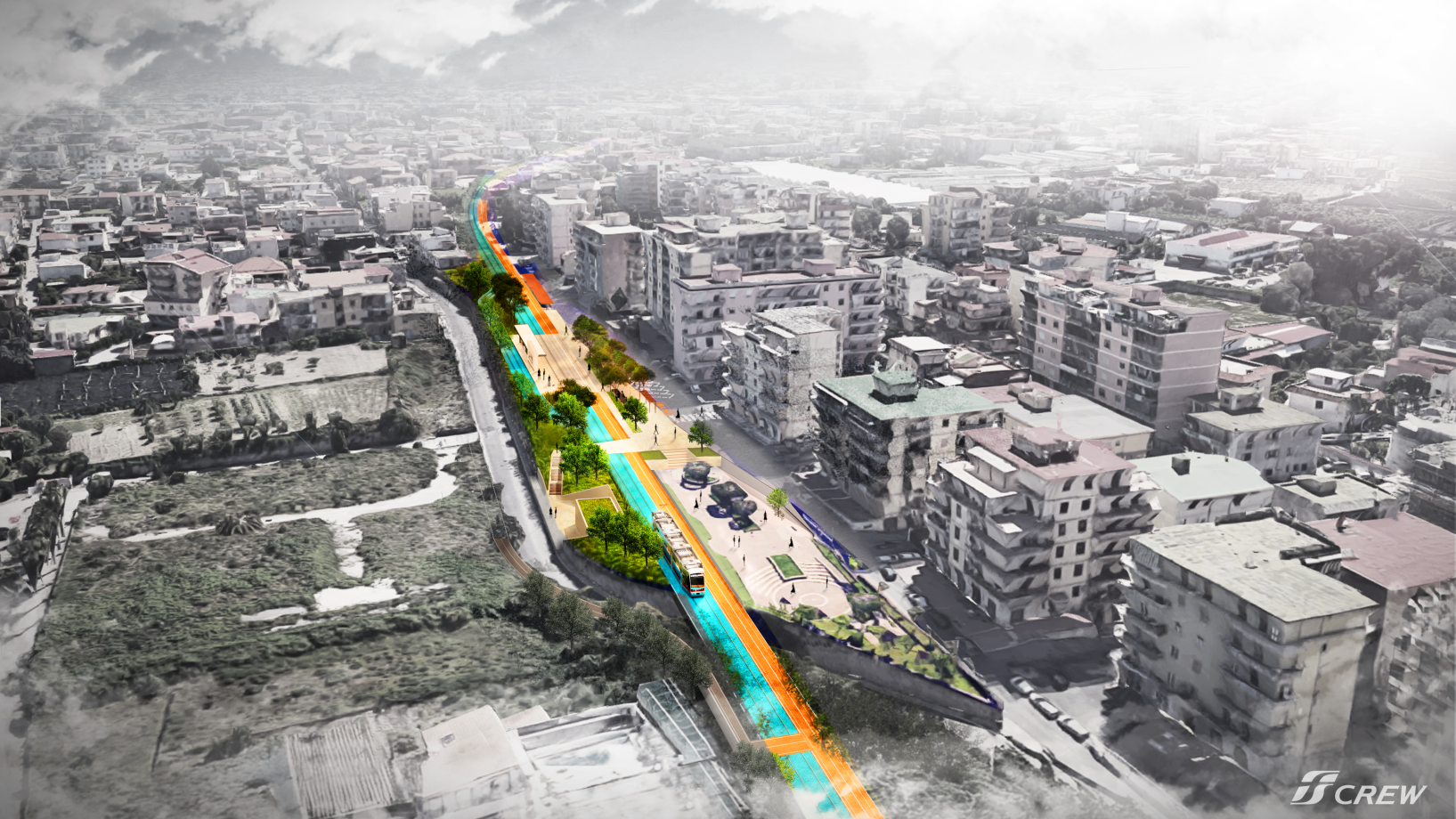



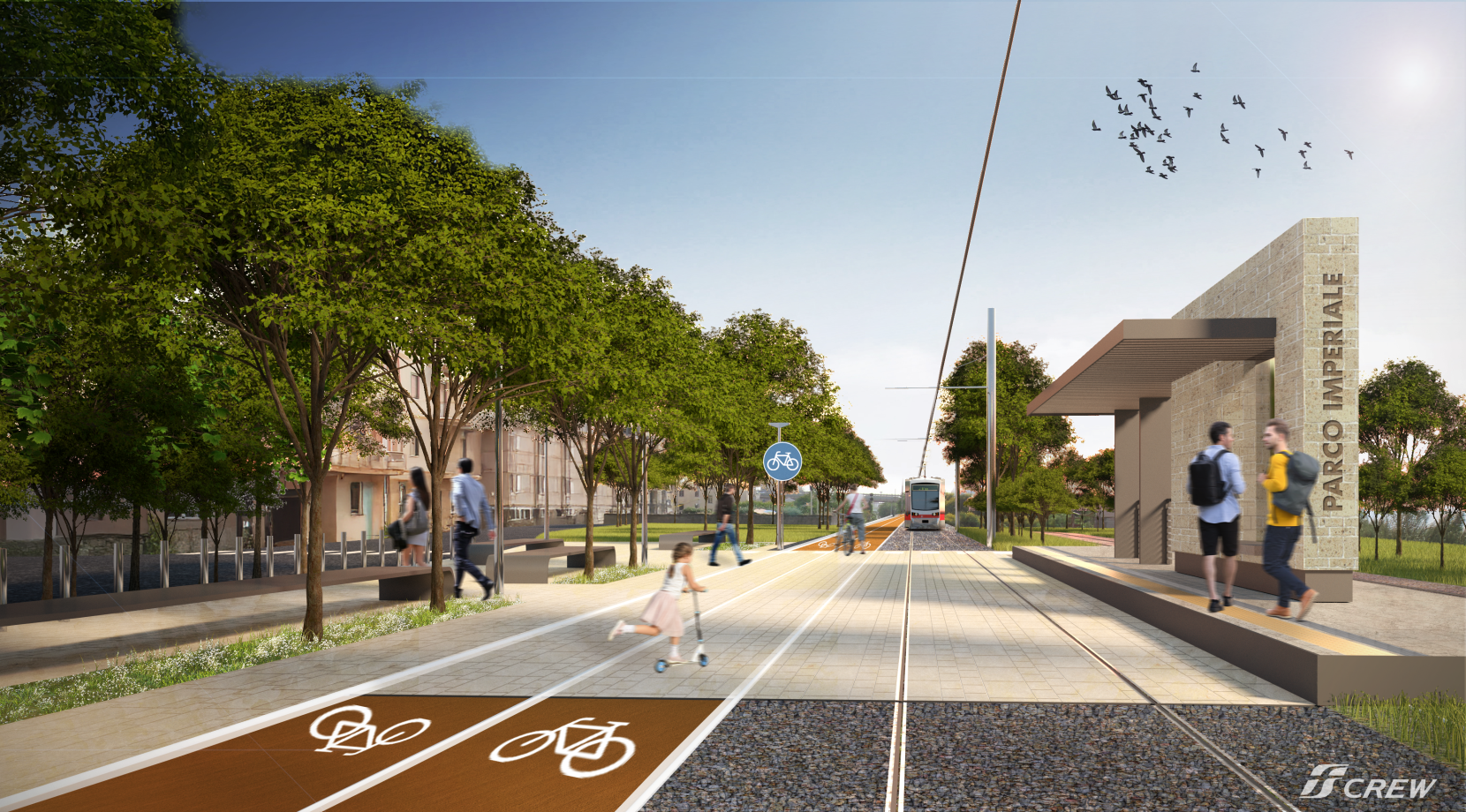
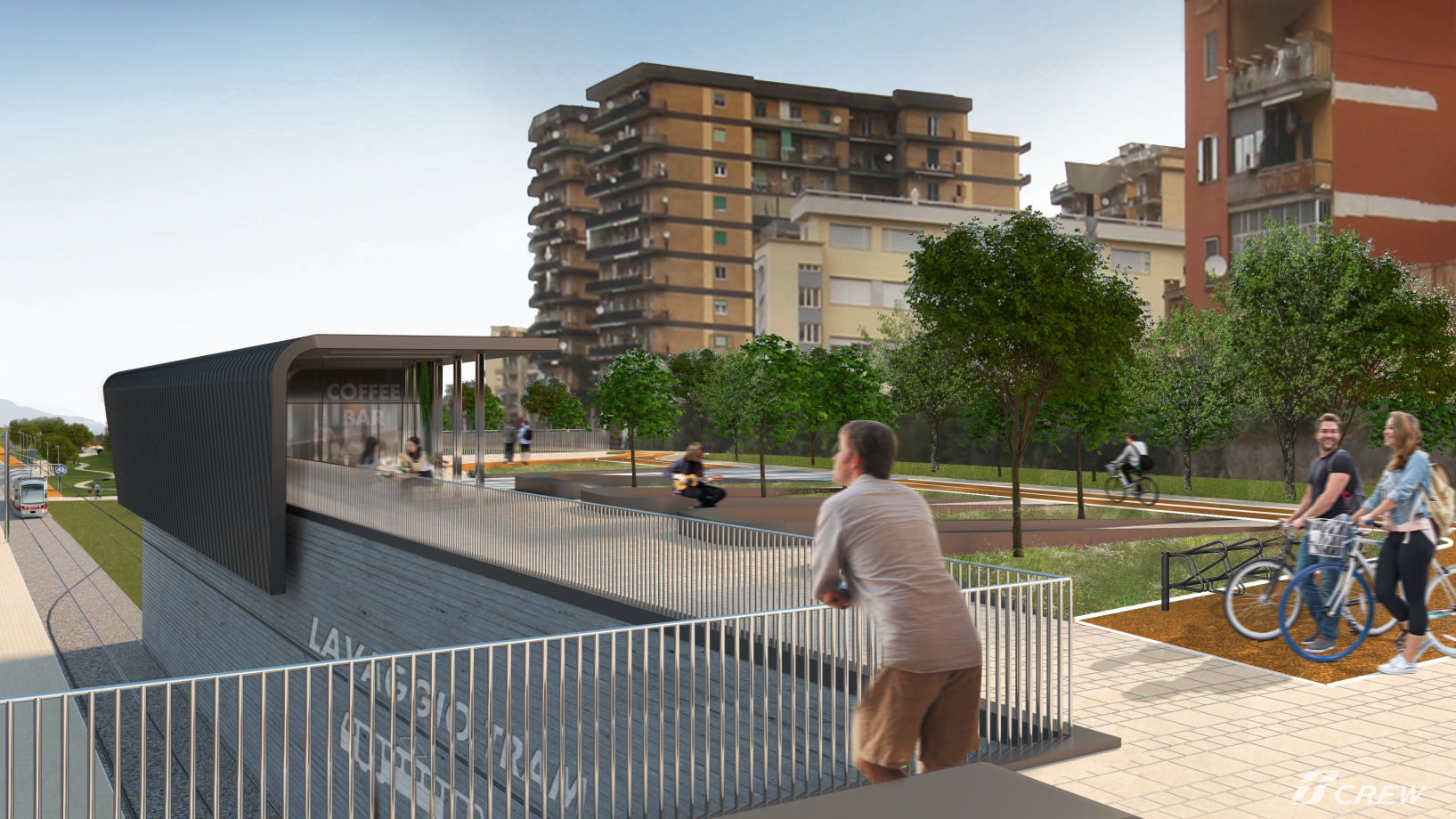
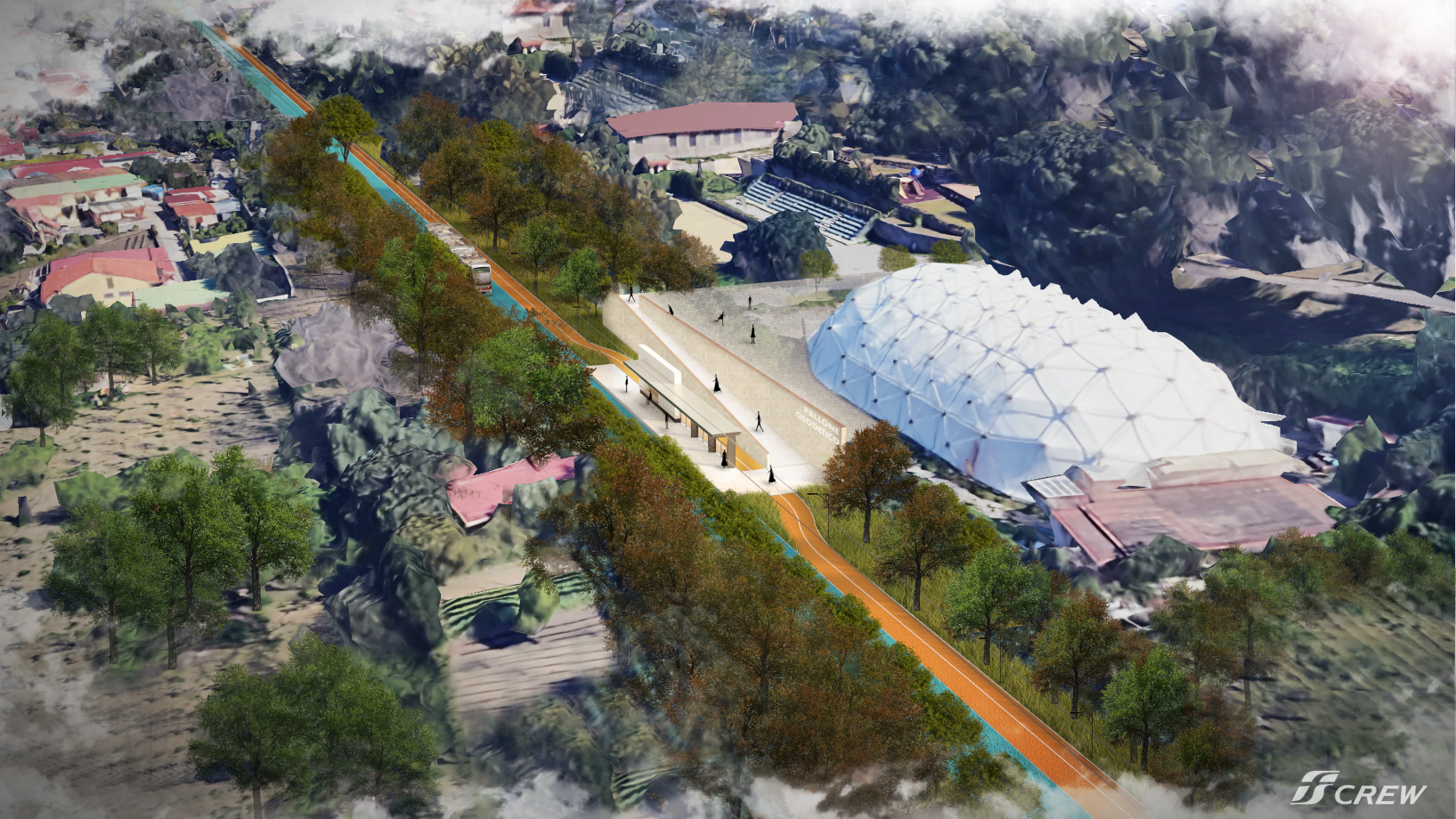

Castellamare – Gragnano Line
Hub Engineering Consorzio Stabile S.C.A.R.L. – 29.5% (Railway infrastructure and systems design) PROGER S.p.A. – 21.8% (Environmental design and conservation restoration)
The reconversion of the decommissioned railway line between Castellammare di Stabia and Gragnano into a light tramway and pedestrian–cycle path is a flagship example of sustainable urban infrastructure regeneration. The project embodies principles of integration, innovation, and reuse, transforming a disused mobility corridor into a strategic asset for the territory.
This intervention represents an opportunity to rethink mobility on a wider scale and reconnect fragmented urban spaces. The new tramway line will include the following stops: Castellammare, Liceo Scientifico, Interscambio, Romeo Menti, Parco Imperiale, Madonna delle Grazie, Cittadella della Pasta, Pallone Geodetico, and Gragnano — each designed as an urban node focused on modularity, comfort, and universal accessibility.
Key objectives of the project:
- Functional reconversion of the former railway line (out of service since 2010) connecting Castellammare di Stabia and Gragnano.
- Intermodal integration through the creation of a modal interchange hub with the EAV Naples–Sorrento line.
- Urban and territorial regeneration via a new electrified tram line flanked by continuous pedestrian and cycling paths, as well as green areas, to enhance soft mobility for both residents and tourists.
- Full accessibility, ensured through low-floor trams, equipped shelters, and intelligent passenger information systems. The design prioritizes an obstacle-free route, enabling smooth, autonomous movement for all users, including those with disabilities or reduced mobility.
- Environmental sustainability, achieved by enhancing existing infrastructure, limiting land consumption, and improving the surrounding landscape.
- Urban transformation through a strategy of reconnecting neighborhoods historically separated by the railway, creating linear public spaces, green links, and recreational and sports areas. The project acts as a territorial-scale linear park Masterplan, combining reuse, connectivity, and urban design.
- Tourism and local development, by improving access to key attractions, green spaces, and facilities, supporting the economic revitalization of the area.
This project illustrates CREW’s approach to integrated and sustainable infrastructure design, transforming obsolete mobility corridors into engines of urban renewal.
Other projects
